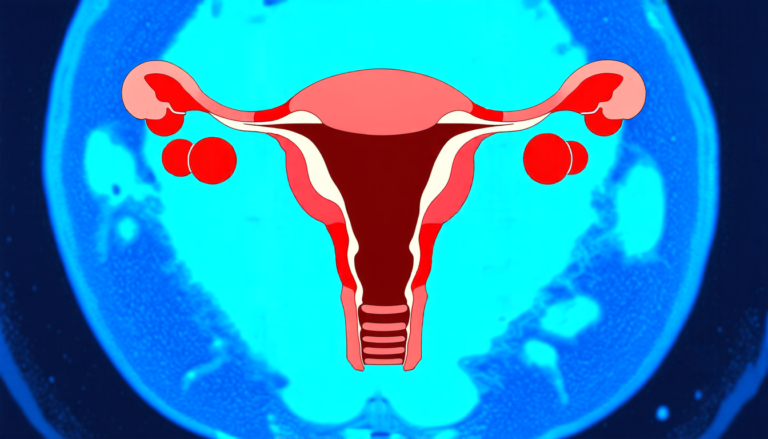Thursday 24 July 2025
Scientists have made a significant breakthrough in optimizing the way computers handle complex tasks, which could have a major impact on fields such as climate modeling, genetics, and artificial intelligence.
For years, computer scientists have been working to develop more efficient ways of managing resources for high-performance computing (HPC) systems. These systems are used to tackle complex problems that require massive amounts of data processing power, but they often struggle with inefficiencies in how they allocate resources.
The problem is that HPC systems typically use a static approach to resource allocation, where applications are assigned specific resources such as processors and memory before they start running. However, this can lead to wasted resources and poor performance if the application requires more or less than expected.
To address this issue, researchers have been developing dynamic resource management (DRM) systems that can adapt to changing demands during runtime. DRM allows applications to request additional resources or release unused ones as needed, which can significantly improve overall system efficiency.
In a recent study, scientists extended their previous work on the Dynamic Management of Resources (DMR) framework to develop new malleability strategies for HPC workloads. Malleability refers to the ability of an application to change its resource requirements during execution.
The researchers integrated new methodology from the Malleability Module (MaM) of the Proteo framework, which enhances reconfiguration capabilities with new spawning strategies and data redistribution methods. They also explored new malleability strategies in HPC dynamic workloads, such as merging MPI communicators and asynchronous reconfigurations.
To test their approach, the scientists evaluated it on a world-class supercomputer, using a range of applications including climate modeling and genetic analysis. Their results showed that DRM can reduce workload completion time by up to 40% and increase resource utilization by over 20%, compared to traditional static allocation methods.
The implications of this breakthrough are significant. By allowing applications to adapt to changing demands during runtime, DRM could enable scientists to tackle complex problems more efficiently and effectively. This could lead to major advances in fields such as climate modeling, genetics, and artificial intelligence, where high-performance computing is critical.
In the future, researchers plan to continue developing and refining their DRM approach, with a focus on making it even more efficient and scalable. As HPC systems become increasingly important for solving complex problems, this breakthrough could play a key role in unlocking new possibilities for scientific discovery and innovation.
Cite this article: “Dynamic Resource Management Breakthrough Promises to Unlock New Possibilities in High-Performance Computing”, The Science Archive, 2025.
High-Performance Computing, Dynamic Resource Management, Malleability, Climate Modeling, Genetics, Artificial Intelligence, Computer Science, Resource Allocation, Optimization, Efficiency







